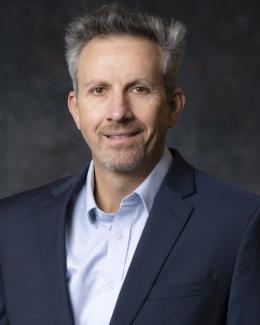Abstract
In regions where hydraulic fracturing is being considered for enhanced geothermal systems (EGS), and use of water is an issue, foam fracturing is an attractive option as a reduced water or waterless stimulation method. Although it has been shown to be an effective alternative in oil & gas production, foam fracturing has not yet been demonstrated in geothermal energy development. There are many challenges encountered in EGS. The reservoir may be located at great depth where earth stresses will be large and rock strength may be high. In addition, the viscosity of foam is higher than that of a pure single-phase fluid. Thus, the fracturing pressure will be increased substantially if a conventional fracturing routine is used. Moreover, fracturing in EGS systems may have more potential for induced seismicity.
A proactive approach is proposed to address this technical challenge by using pulsed injection in a current project, sponsored by the U.S. DOE GTO Waterless Stimulation Initiative. This approach enables the dynamic responses of rock structure to be utilized and a new cavitation-based material-removal mechanism to be explored for enhanced fracturing efficiency. It also offers an approach to mitigate fracturing-induced seismicity and the potential to control dynamic behavior of foamed fluids. Research considerations will be described for investigation of the above phenomena in foam fracturing for EGS stimulation development.



